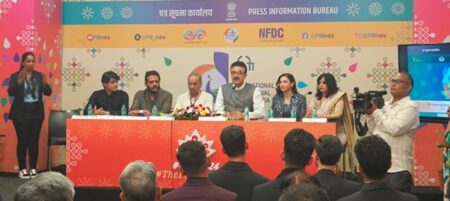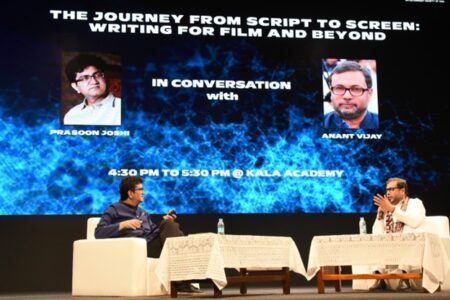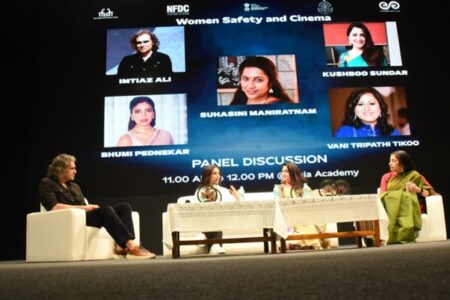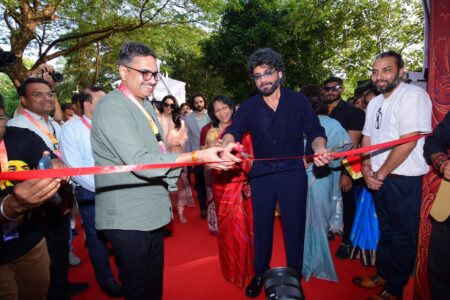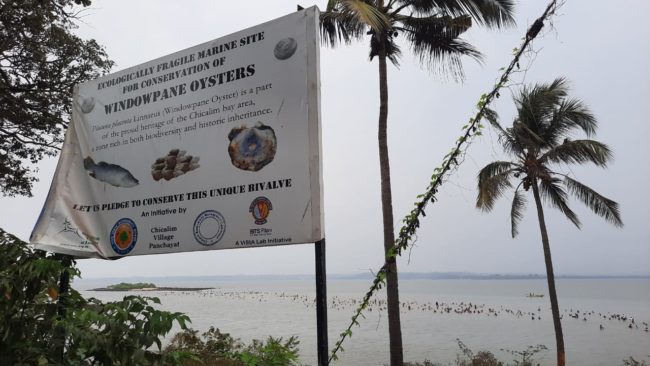 Goemkarponn desk
Goemkarponn desk
VASCO: Hundreds of men and women from Vasco and nearby areas flocked at the Vareg island in Chicalim bay to extract the clams, oysters in large quantities endangering the availability and growth of rare species of marine life such as Window Pane oysters found in the Zuari river at Chicalim bay.
In his press release, the leading motivator of the Chicalim Bio-Crusaders, Cyril Fernandes, said, “It was an assault on nature that no sane human being or environmentalist would appreciate.
In an unprecedented incident, hordes of people from Vasco and neighbouring areas landed up at Vareg Island to extract clams from the river bed”.
Further, he said, “On the pretext that there is no electricity in South Goa on Sunday, hundreds of men, women and children waded into the knee-deep waters at low tide to extract clams, locally known as ’tisrios’ from the site”.
Fernandes said that” ‘Tisrios’ are an all-time favourite on the food palate of every Goan and no fish-curry-rice thali is complete without a handful of Tisrios added as a side dish. Fresh Tisrios are always in demand all over Goa. Earlier, there were plenty available in all the rivers of Goa. But for the last few years, the yield of Tisrios has been reducing with wide margins”.
Vareg island, also known as Il’ler in Konkani, is an all-time favourite breeding ground of Tisrios. For many local tribal families from the neighbourhood, the extraction and sale of these Tisriosis a means of livelihood. However, the locals are careful of the sizes they extract in view of its numbers depleting in recent times. And therefore, they collectively decide the dates and times as per the tides to venture out into the river and extract their daily requirement. It has been a sustainable activity they have been carrying out for ages without fail.
Vareg island, the area around St. Jacinto island and the riverbank along the Sancoale village have been traditional breeding grounds of clams (Tisreos), oysters (Kallvam) and the protected species of window-pane oysters (Menddios). But due to unscientific exploitation and other industrial factors, the yield of these marine species has dwindled substantially.
The respective Chicalim and Sancoale Biodiversity Management Committees (BMCs) had taken up with the Goa State Biodiversity Board to intervene and regulate the extraction of these clams from unscrupulous invaders who come and ransack the riverbed not just of clams but of small sizes and fresh seeds, thus destroying the biodiversity of the area.
The Chicalim Biodiversity Heritage Site Committee had proposed to declare the Vareg site as a biodiversity heritage site, and a resolution to that effect has been passed, approved by the Chicalim BMC and sent to the Goa State Biodiversity Board (GSBB) through the good offices of the Chicalim Panchayat.
They have been awaiting the same implementation from the GSBB for the last year.
Meanwhile, last fortnight, the GSBB had issued guidelines to monitor such sensitive breeding sites and regulate activity by locals, especially regarding such extraction activities. The respective BMCs of all village panchayats with such breeding grounds are supposed to implement these guidelines.
But even before the sun has set on these long-awaited guidelines of the GSBB, the Chicalim BMC has been left aghast with Sunday’s assault on their breeding ground by people, not their own. It would be prudent on their part of Chicalim BMC to pull up their socks and act in an immediate manner to implement the GSBB guidelines forthwith so that such acts are not repeated again. Otherwise, such scenes will remain only on photographs, and our future generation would never know that there ever existed natural breeding grounds where ‘Tisrios;, ‘kallvam’ and ‘mendios’ bred in free abundance in Goa” Fernandes said.
Rui Araujo, chairman of the Chicalim biodiversity management committee of Chicalim, said that on Sunday, he was confronted by some people when he tried to question these people who had come to extract clams from Zuari river near Vareg island.
Araujo said that it is shocking to see that people, out of greed, tend to enter into knee level water and extract clams and oysters in excessive quantity when the site near Vareg island needs to be protected and preserved considering its rich marine biodiversity. People must question themselves before indulging in such draconian activity, which eventually harms biodiversity.
Trending
- India Vs Australia 1st Test Day 1: Bumrah Dismisses Cummins; AUS Down By 7 Wickets
- Cash for Jobs: Pooja Naik gets Conditional bail all cases filed against her
- WAVES offers content for all; for Indians and those who want to remain connected to their Indian roots: Gaurav Dwivedi, CEO, Prasar Bharati
- “It is necessary to de-mystify film making process:” Prasoon Joshi in 55th IFFI Masterclass
- Sound Ban relaxed
- First Panel Discussion held at 55th IFFI highlights Women’s Safety and Cinema
- The IFFIESTA ‘safar’ begins with the unveiling of ‘Safarnama’
- Rs 10L compensation proposed for accident victims




